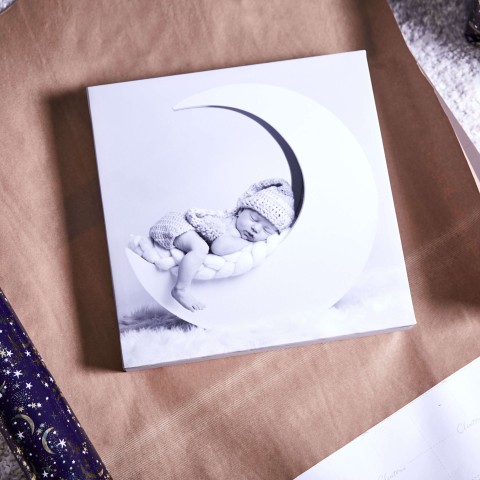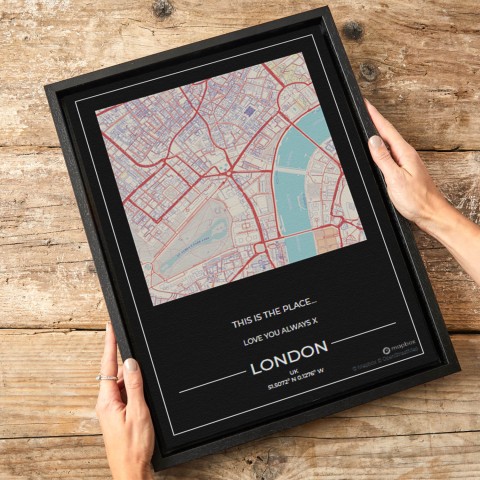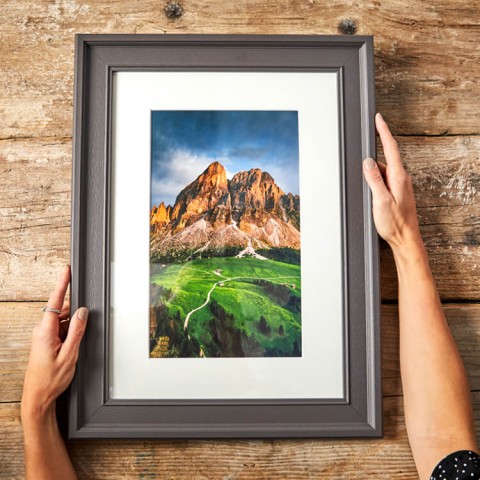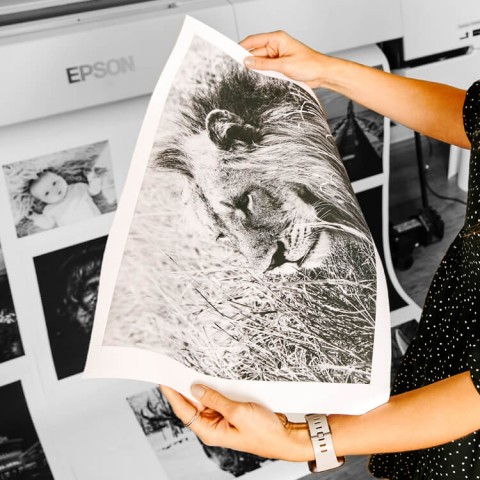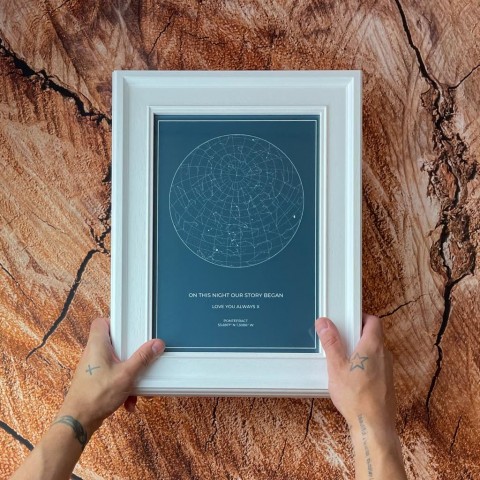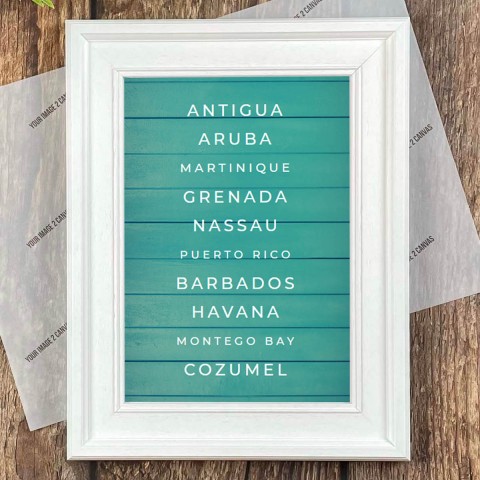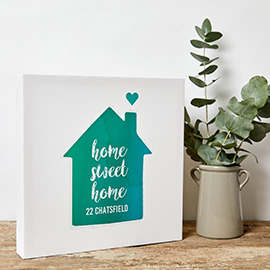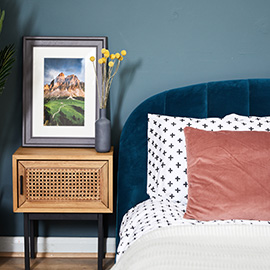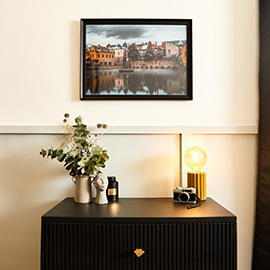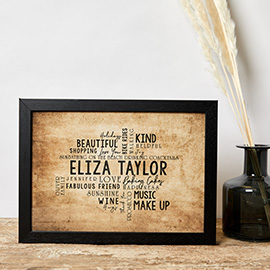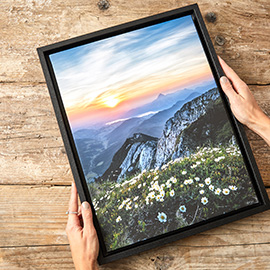The Lowdown on HDR – Part I
High dynamic range photography, or HDR for short, is a controversial tool that polarises opinion in the photography world. In this series of articles we'll attempt to demystify the technique and offer advice to help you understand when to use this method and when to avoid it. If you’ve previously bought ready-printed canvases, or have selected dramatic stock images for a canvas print, you will probably recognise the style – and for amateur photographers, used correctly it'll enhance your own prints like nothing else!
Why use HDR?
The human eyes and brain are incredible machines that allow us to process scenes with enormous dynamic range. It's been suggested that due to our ability to constantly reprocess what's in front of us, we can see around twenty stops of dynamic range in an image. Even the very best cameras can only process around thirteen stops – and that's often compromised in the highlights or shadow areas.
So what is HDR?
HDR is a clever attempt to recreate our huge dynamic range by taking multiple exposures of a scene and combining them with software. In essence, if your camera processes a particular image as 0 exposure, you would (in manual mode) take further exposures from -3 to +3 from that base exposure, at one stop intervals, and combine them to gain the most detail possible in the highlights and shadows.
When would I use HDR?
Although it's possible to use tone-mapping (the process of combining exposures to produce HDR images) in any scene, there are times that simply cry out for a good old bit of HDR. The first place you should be thinking about using HDR is in any scene with massive dynamic range ─ that's an image with very bright highlights and very dark shadows. HDR works wonders in this situation, because you’ll have exposures that preserve both the deep shadow detail and the highlights ─ usually the sky.
The next situation where tone mapping is very useful is when the light's very flat, because the process of taking multiple exposures captures shadow and highlights detail. This technique often finds a depth of colour that's missing from a single exposure, bringing your image to life and adding much more atmosphere.
The image below shows what's possible: this shot of seaweed was taken on a dull and damp day when the light, what there was of it, was flat as a pancake. This three exposure shot taken using a tripod has allowed us to bring detail and colour out that you couldn't see in reality. Careful control of the post processing has given us a vibrant, but realistic shot.

Next week we'll explore some of the equipment requirements for HDR photography.
Tags photography, art, canvas print


